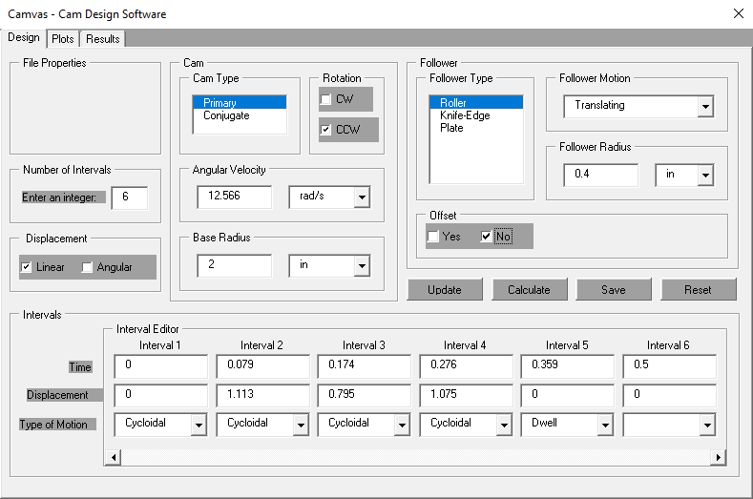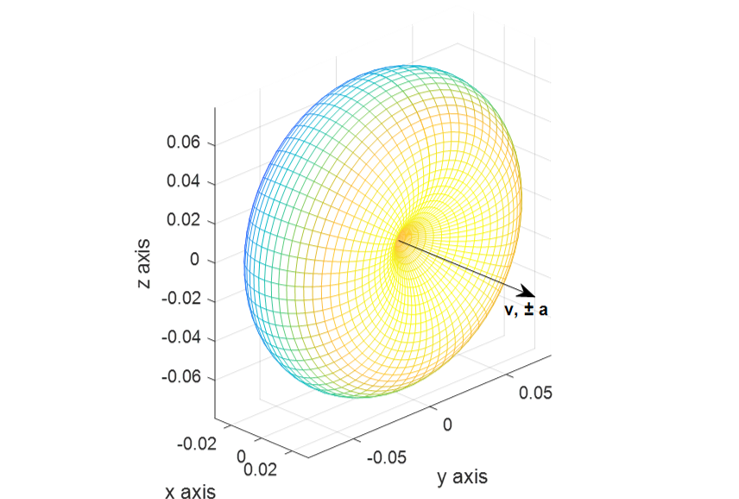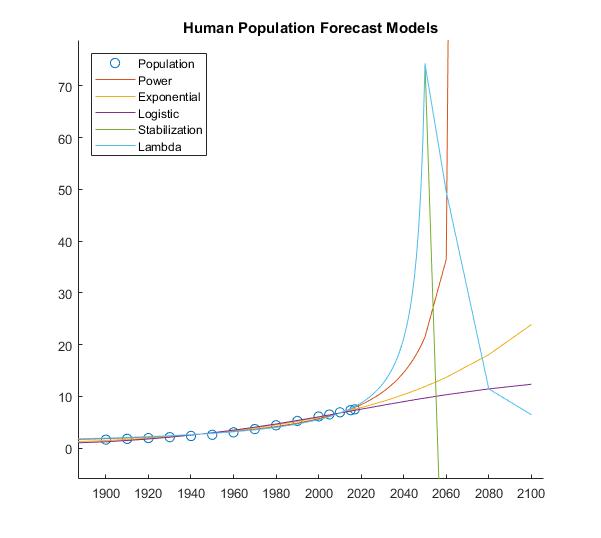Inferential Dynamics
This work develops a synthesis between classical logic and dynamical systems theory. The canonical inference square – Modus Ponens (MP), Modus Tollens (MT), Affirming the Consequent (AC), and Denying the Antecedent (DA) – admits a natural interpretation as a stability matrix. Valid inferences (MP, MT) act as negative-feedback eigendirections, damping error and converging toward a stable attractor: truth. Fallacies (AC, DA) operate as positive-feedback eigendirections, amplifying error and driving divergence. The symmetry parallels James Clerk Maxwell’s On Governors (1868), where perturbations may diminish, grow, or oscillate with increasing or decreasing amplitude depending on feedback sign and eigenvalue placement. Framed this way, Aristotle’s concern with valid inference, Maxwell’s concern with mechanical stability, and the modern eigenvalue criterion of dynamical systems are recognized as structurally isomorphic descriptions of reality.

Rebound Pendulum
The rebound pendulum explores how energy is lost during impact. By connecting rebound height, velocity, and angular deflection to the coefficient of restitution, this project reveals how a simple device can yield deep insights into material response and collision efficiency. It bridges theory and measurement, offering experimental methods for quantifying energy loss in a system traditionally used to model ideal motion.

Certainty, Inference, and Comprehension
Critical thinking is a term widely used in academics yet is a weak form of logical inference akin to abduction, and especially weak as compared to induction or a stronger form of inference - deduction. By establishing a framework which prioritizes questions over answers and function over form, and by investigating modes of inferential logic, reexamining the scientific method, and distinguishing between comprehension and understanding, a deductive "critical path" of logical inference is prescribed to effectively prosecute hypotheses and disrupt paradigm.

Horizontal Frame Centering Algorithm
I derived a simple generating equation to determine the distance to the center of a frame amongst a series of frames evenly spaced between themselves and the edges of a wall. The inputs are the width of the wall, the width of the frames (they must be all of equal width), and the number of frames.

Universe of Proportions
A conceptual piece linking the proportions of various natural and mechanical systems.

On Physical Analogies
fgsdfg

Gravitational Radiation
This project explores the possibility of describing gravitational radiation using analogs of the Maxwell-Heaviside equations. By deriving gravitational field equations, retarded potentials, and radiation patterns similar to those in electromagnetism, the work aims to model how accelerated masses might emit energy in a way resembling electric dipole radiation. Notably, this formulation predicts a reversal in the Poynting vector, implying energy is gained by the field rather than lost. While still theoretical, this framework provides an alternative lens to investigate gravitational energy flow and the speed of gravitational propagation.

Disk Cam Synthesis
This project presents a custom-built cam design and optimization tool developed using Visual Basic for Applications. The interface allows users to input motion parameters, calculate cam geometry and kinematics, visualize motion plots, and export both CAD models and 3D-printer-ready G-code. Designed as a cost-effective and educational alternative to commercial software, the tool enables engineering students to design, test, and manufacture custom cam profiles with ease.

Nonlinear Human Population Growth Modeling
This project investigates nonlinear models of human population growth using a physics-based approach. By fitting historical population data to a power law derived from chemical kinetics, multiple models are optimized and compared through parameter analysis and forecasting. While most models align in early stages, their long-term projections diverge significantly, highlighting their sensitivity.

Gravitational Wave Detector
This project explores a tabletop apparatus that may detect gravitational waves through current fluctuations in Zener diodes. By minimizing statistical noise and observing variations over several days, this project aims to test whether these fluctuations correlate with lunar gravitational influence. While not yet verified, this low-cost alternative could offer a novel path toward gravitational wave detection.
